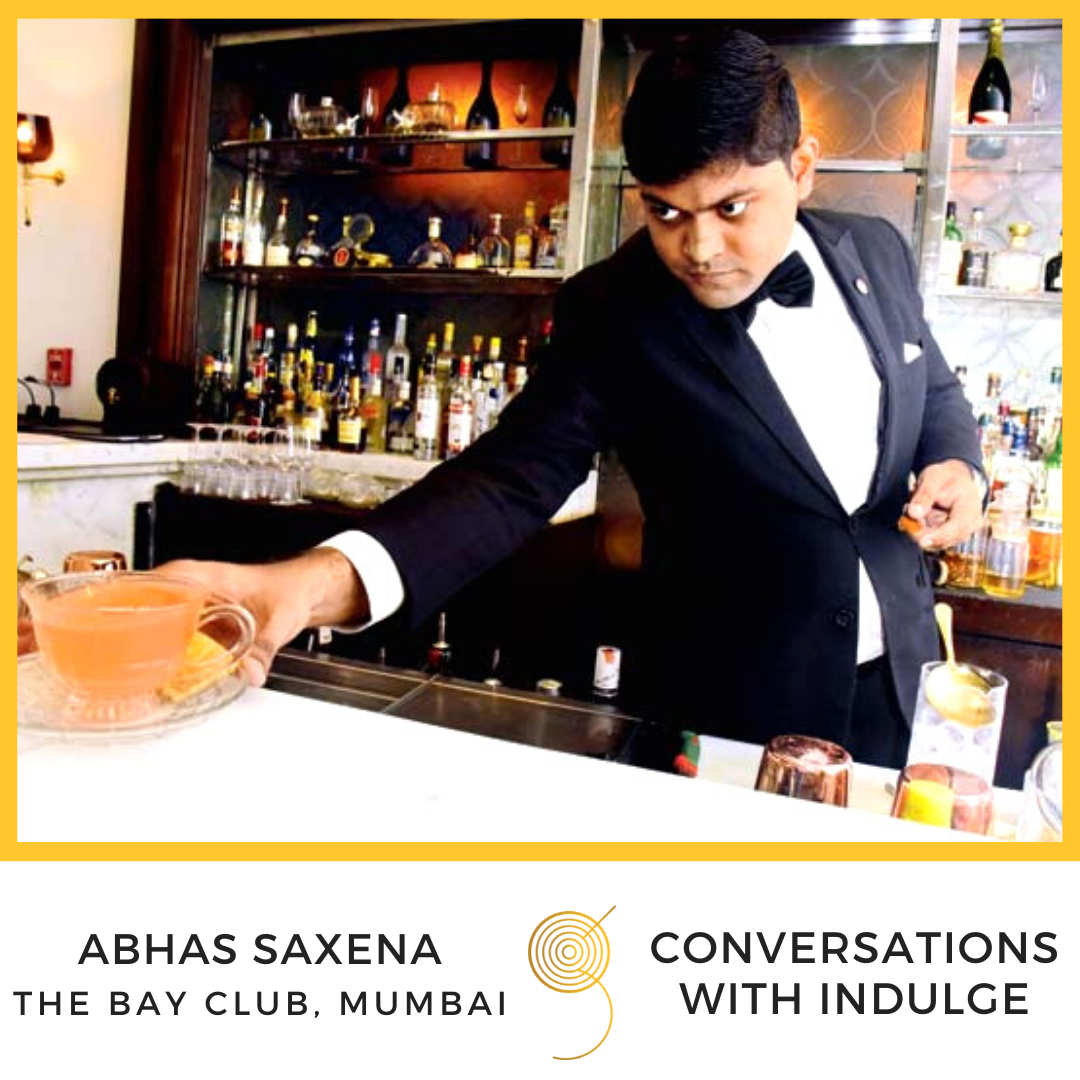Vermouths are fortified + aromatised wines that are flavoured with herbs/ citrus/ flowers/ wormwood, sweetened with sugar or caramel and spiked with grape spirit or brandy
The drink was originally marketed as a medicinal drink. Now, it has evolved to became a celebrated aperitif, served on its own.
ORIGINS
Some believe its origins can be traced to China in the 1250-1000BC, while some pin it to Ancient Greece. It was definitely used under the Roman Empire across Europe. What we know for sure was that Wormwood is the key ingredient in making of one, as in Absinthe, and the name comes from Germany where it is called Wermuth, which the French took over as Vermouth.
Wormwood’s bitter reputation is found in writings in 1552BC in Egypt where it was recommended for everything from childbirth to the most chronic illnesses. In 1789, it became the chief component of Absinthe, and soon after wormwood was blamed for causing hallucinogens and causing madness, even death. It was, thus, banned and not revived till 1988 when studies showed that all Wormwood added was the green tinge, aromas and flavour as it didn’t have enough of that crazy compound Thujol. So, all the mad antics were purely due to excess consumption of a highly potent spirit.
RECIPE
Wine with wormwood and other spices.
As it progressed, more additions were made. Now, more than maceration (like brewing tea with loose leaves), infusion is used. In infusion, the spirit is distilled through a basket of botanicals suspended inside a still, above the liquid. It is heated and as the vapour passes through the botanicals the flavours are extracted, resulting in a flavoursome distillate.
To make a vermouth, on the base of white wine, add this flavoured distillate, and sugar, and finally spike it with grape spirit.
STYLES OF VERMOUTH
There are various styles of vermouths – From Extra Dry, Dry, Semi-Dry, Semi-Sweet, to Sweet
They are all white wine based. White Vermouths are dry while the Reds are sweet. Contrary to common beliefs, the colour in sweet vermouths is not from the base (red) wine, but addition of caramel, which can be upto 120-130 grams per litre.
However, there are always some mad winemakers determined to prove every definition wrong.
ORIGINS OF MODERN VERMOUTHS
Modern Vermouths we know of today, came in 19th CE. The origin can be traced back to Turin, in Italy, home to Barolo, Barbaresco, truffles, and Nutella + Ferro Rocher.
Cross the Alps in to the French regions and Chambery + Marseilles is the hub there.
The connection you ask? Both came under the Kingdom of Savoy in those times.
Came to Barcelona with the influx of Italian immigrants at the start of 20th CE
Carpano was the first commercial one in 1786, a sweet one, formulating a secret recipe with vanilla added, called the Antica Formula. The recipe also called for dark and rich flavours like cocoa, wine, spice, toffee, herbs, etc, all intermingling with a slightly bitter edge. And then came Noilly Prat in France, the dry styled one in 1813.
VERMOUTHS IN COCKTAILS
Its use as a medicine ended in the 18CE with the advent of the cocktail era in the 19CE.
And soon in classic cocktails like Rob Roy, Manhattan, Negroni, etc. And one movie that has always been the messenger of vermouth-based cocktails is James Bond and its Martinis, even though off-late he might have moved to a rather suave Chateau Angelus or a casual Heineken.
Bond asked for 3 measure of Gordons, 1 of vodka and half of Kina Lillet. Lillet is a wine based aperitif from France with citrus-based liqueurs added and oak-aged. Kina comes from the fact that in the original recipe cinchona bark was used hence it was called a tonic wine. Since 1986, Kina has been replaced with a Blanc.
Bond admits that he never has more than one drink before dinner but likes it to be large and very strong and confesses to hating small portions.
VERMOUTH: A DRINK UNTO ITSELF
Not just a cocktail ingredient, Vermouths are not a drink unto its own – Vermouth + flavoured soda/tonic is a new trend. However, beware. Store it like a white wine, not on display at a bar – it’ll last a couple of weeks at best, unlike a spirit. To get best results, buy smaller bottles, big is not always better
But what about producing Vermouth in india?? We make good wines, commendable grape spirits, sugar is our favourite drug, and we have a library of herbs, spices, tropical fruits, florals, and more, thanks to our location on the SPICE ROUTE, why not make our own in India.
TAKE 5
- Buy smaller bottles.
- Always keep refrigerated. Always taste your vermouth before using them.
- They change flavours as they age, they are wines after all
- If you can drink it by itself, its a good vermouth
- Small batch – big flavours



















